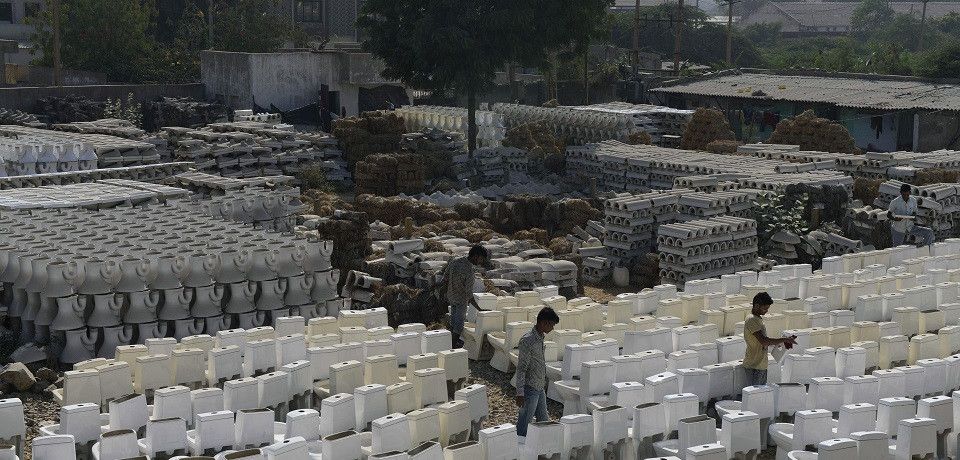Caste is Stunting All of India's Children | Diane Coffey and Dean Spears | Foreign Policy
— Media — 1 min read

Indian workers check newly built toilets in the stockyard of a factory in Morbi, some 230km from Ahmedabad, on November 18, 2016, on the eve of World Toilet Day. World Toilet Day (WTD), held on November 19 each year, is a campaign held around the world to mobilize people over issues surrounding health and sanitation.
Growth in India has always been puzzling. For the first decades of democratic India, economists lamented slow economic progress. Some observers worried that India was condemned to permanently sluggish GDP growth. Luckily, things changed. Rapid growth in the last few decades has taken many Indians out of poverty: According to the World Bank, the fraction of Indians living in poverty was cut in half between 1993 and 2011.
But slow growth of another sort remains a puzzle. These days, what grows too slowly is not India’s economy but its children. When a country gets richer, its children usually get taller. Indian kids remain unhealthily short, even compared with their peers in poorer developing countries. According to the latest figures, a child in India is more likely to be stunted than a child in much poorer areas of sub-Saharan Africa. They’re also dying in greater numbers than India’s level of development should suggest; infant mortality is higher in India than it is in poorer neighbors like Bangladesh and Nepal. Read more...